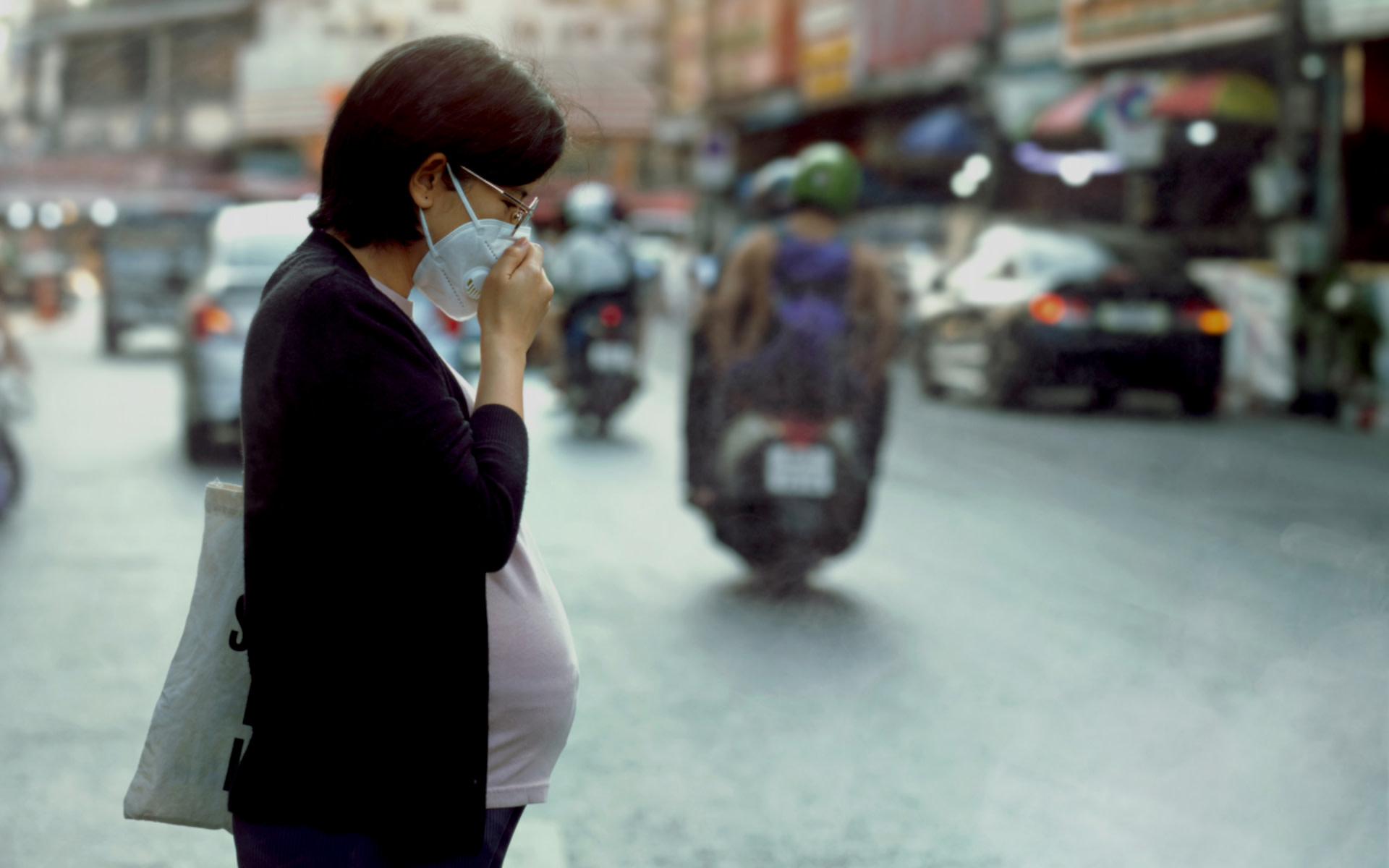Fitness
New study finds concerning health implications of prenatal exposure to air pollution: ‘This is a major concern’

A recent study shows that children in the womb, adolescence, and early adulthood who are exposed to air and noise pollution have a higher chance of having mental health issues.
What’s happening?
Medical Xpress detailed a study by the University of Bristol, published in JAMA Network Open, that recruited more than 14,000 pregnant women and tracked their children born between 1991 and 1992.
Researchers used mental health reports from individuals aged 13, 18, and 24 and compared the data with outdoor air and noise pollution information from where the participants lived in England.
The study found slight increases in “psychotic experiences and depression symptoms many years later in teenage years and early adulthood” were linked to relatively small increases in particulate matter pollution while the participant was in the womb or a child.
The researchers also considered related risk factors such as “family psychiatric history, socioeconomic status, and other area-level factors such as population density, deprivation, green space, and social fragmentation” in the findings, and the associations remained.
According to the summary report, the study showed that every 0.72 micrograms per cubic meter of fine particulate matter increase during pregnancy presented an 11% increase in odds for psychotic experiences. An increase of fine particulate matter during childhood by the same amount tied to 9% increased odds for psychotic experiences.
In addition, there was a 10% increase in the odds of depression associated with each incremental exposure increase during pregnancy. The participants exposed to noise pollution in childhood and as teenagers reported more anxiety symptoms.
Dr. Joanne Newbury, Sir Henry Wellcome Postdoctoral Research Fellow in the University’s Bristol Medical School and lead author of the study, said: “It is important to emphasize that these findings, by themselves, do not prove a causal association. However, other recent studies have shown that low emissions zones appear to have a positive impact on mental health.”
Why is children’s exposure to air and noise pollution concerning?
Dr. Newbury also said: “This is a major concern, because air pollution is now such a common exposure, and rates of mental health problems are increasing globally.”
A study published in Nature Communications is an excellent example of how typical exposure has become. About 98% of Europeans live in areas with fine particulate matter levels (PM2.5) that exceed World Health Organization guidelines. In addition, 80% are exposed to elevated particulate matter (PM10) levels, and 86% are exposed to high nitrogen dioxide gas levels.
This data suggests children will continue to be exposed to high levels of air pollution.
What’s being done about exposure to air and noise pollution?
Australia is working to combat its noise pollution by setting standards to ensure different industries don’t exceed them. The country is also implementing roadside noise barriers and setting up car-free malls for residential complexes, among other strategies, according to the Australian Academy of Science.
Countries have also set goals to combat polluting gases. These were associated with the 2015 Paris Agreement.
You can make a difference by transferring your electricity to cheaper, cleaner energy sources. You can also avoid polluting, gas-guzzling cars and change how you get around, with public transport, biking, or walking as alternative options. Even getting involved with climate issues by voting, volunteering, donating, and demanding your government do more to combat air and noise pollution can help.
Join our free newsletter for weekly updates on the coolest innovations improving our lives and saving our planet.










